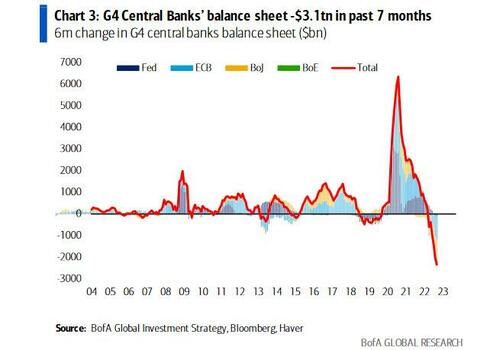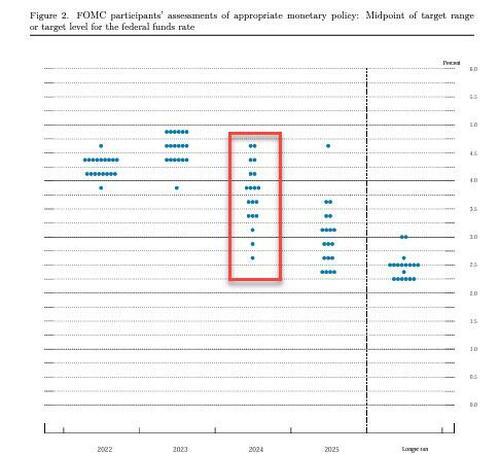
On Monday, the first day of the new Supreme Court term, the justices will hear oral argument in Sackett v. Environmental Protection Agency, in which the Sacketts are challenging the EPA’s authority to regulate the use of their land under the Clean Water Act. Specifically, the Court will consider how courts should determine whether a given parcel is subject to regulation under the Clean Water Act (CWA) as a part of the “waters of the United States.” The resulting decision could have dramatic implications for the scope of federal wetland regulation.
If the case name Sackett v. EPA sounds familiar, that is because it should. Ten years ago, the Supreme Court heard another case with that same name, involving the same litigants, and the same Idaho property. In the first Sackett case, the issue was whether the landowners could obtain judicial review of an EPA administrative compliance order, directing them to restore their property or face ruinous financial penalties. The Court ruled unanimously for the Sacketts, recognizing the profoundly unjust nature of the EPA’s position. This time around, the question is whether the EPA has authority to regulate the Sacketts at all.
The precise question before the Court is whether the court below (in this case, the U.S. Court of Appeals for the Ninth Circuit) applied the proper standard when it concluded that the Sacketts’ property contained wetlands, subject to regulation as part of the “waters of the United States,” subject to regulation under the CWA. (I discussed the Ninth Circuit’s decision here.)
The reason there is some uncertainty about the proper test is because the last time the Court considered this question, in Rapanos v. United States, the Court splintered 4-1-4. While a majority of the Court concluded that the federal government’s was asserting regulatory authority beyond that which the CWA authorizes (as they had in SWANCC v. U.S. Army Corps), the majority could not agree on the proper test. Justice Scalia (joined by three other justices) concluded that “waters of the United States” only covered those waters and wetlands connected to navigable waters through a relatively continuous surface-water connection. Justice Kennedy, on the other hand, thought the proper test was to determine whether a given water or wetland has a “significant nexus” to waters of the United States.
In the current case, the Sacketts are asking the Court to embrace a test based upon Justice Scalia’s Rapanos plurality. Such a test, they argue, is more consistent with the CWA’s text, and ensures that federal regulation does not extend beyond the scope of Congress’s power to regulate commerce among the several states (which is the purported basis for the CWA’s regulations).
The Solicitor General, on the other hand, is asking the Court to embrace Justice Kennedy’s concurrence. This latter position is itself notable, as the federal government seems to have abandoned the less bounded conception of federal regulatory authority it had pushed in Rapanos and SWANCC, and which had commanded the support of the Court’s liberal justices in those prior cases. This is also notable because the Obama Administration had sought to define “waters of the United States” in a more expansive fashion, and reaffirms the impression that the Biden Administration is adopting a more restrained approach.
Should the Sacketts prevail, the EPA and Army Corps of Engineers will have greater difficulty asserting regulatory authority over properties that are not clearly connected to waters that are themselves connected to navigable waters. This would meant that a significant portion of the nation’s wetlands would no longer be subject to federal regulatory control, though state governments would be free to adopt more expansive regulations, and federal agencies could still pursue wetland conservation through other means (such as through fiscal measures, land acquisition, and incentive programs).
Should the Court’s decision provide greater certainty about the outer limits of federal regulatory authority, this would help clarify where federal authority ends and exclusive state regulatory authority begins. This would put the onus on state governments to adopt conservation measures within their jurisdiction, but would also make it easier for states to act.
Whether states would fill the conservation void is an interesting question. At present, half the states already protect wetlands and waters more broadly than does the federal government. The other half do not, and some have existing laws that constrain state agencies from adopting measures more stringently than federal law. Whether state legislatures would reform such laws is unclear, but it is interesting to note that State and local wetland regulation began a decade before wetlands were regulated under the CWA, and the pattern of state wetland regulation was the opposite of that predicted by “race to the bottom” theory (in that those states that would have been predicted to regulate last and least actually regulated first and most aggressively). (I surveyed this history in this article from 1999.)
Should the Sacketts prevail, another important question will be how a narrowing of “waters of the United States” affects the EPA’s ability to enforce the CWA’s traditional pollution-control provisions. The definition of “waters of the United States” will apply to the entire Act, but the EPA may retain broader authority to regulate traditional polluting activities on lands not otherwise subject to CWA jurisdiction given the Court’s prior holding in County of Maui v. Hawai’i Wildlife Federation. As Robin Kundis Craig suggests , even if a given parcel (such as the Sackett’s property) is not part of the “waters of the United States,” activities on that parcel that result in pollution reaching regulated waters could be sufficient to subject such activities to federal regulation. In other words, a Sackett victory could deregulate wetland development at the federal level without deregulating much traditional water pollution control.
As some readers may know, the scope of federal regulatory jurisdiction has been a longstanding subject of interest for me, and I have published multiple papers on the subject. I will have more to say about the case after Monday’s oral argument. In the meantime, those interested in learning more about the case and the issues involved should check out this webinar on Sackett sponsored by the Coleman P. Burke Center for Environmental Law at the Case Western Reserve University School of Law, featuring Professor Royal Gardner of Stetson and Jonathan Wood of PERC.
For those interested in my prior writings on the subject, here are a few:
- “Redefining ‘Waters of the United States,'” Regulation (2019);
- “Wetlands, Property Rights, and the Due Process Deficit in Environmental Law,” Cato Supreme Court Review (2012);
- “The Clean Water Land Grab,” Regulation (2009);
- “Once More, With Feeling: Reaffirming the Limits of Clean Water Act Jurisdiction,” Vermont Law School (2007);
- “Reckoning with Rapanos: Revisiting ‘Waters of the United States’ and the Limits of Federal Wetland Regulation,” Missouri Environmental Law & Policy Review (2006);
- “The Ducks Stop Here? The Environmental Challenge to Federalism,” Supreme Court Economic Review (2001);
- “Wetlands, Waterfowl, and the Menace of Mr. Wilson: Commerce Clause Jurisprudence and the Limits of Federal Wetlands Regulation,” Environmental Law (1999).
The post Will Sackett v. EPA Clarify the Scope of Federal Regulatory Jurisdiction Over Wetlands? appeared first on Reason.com.
from Latest https://ift.tt/x9XVACL
via IFTTT











